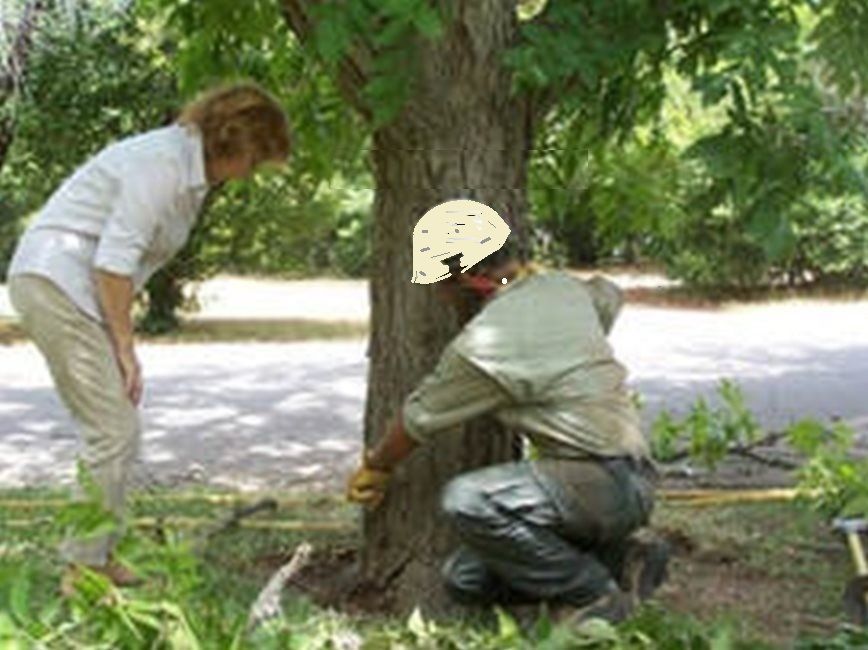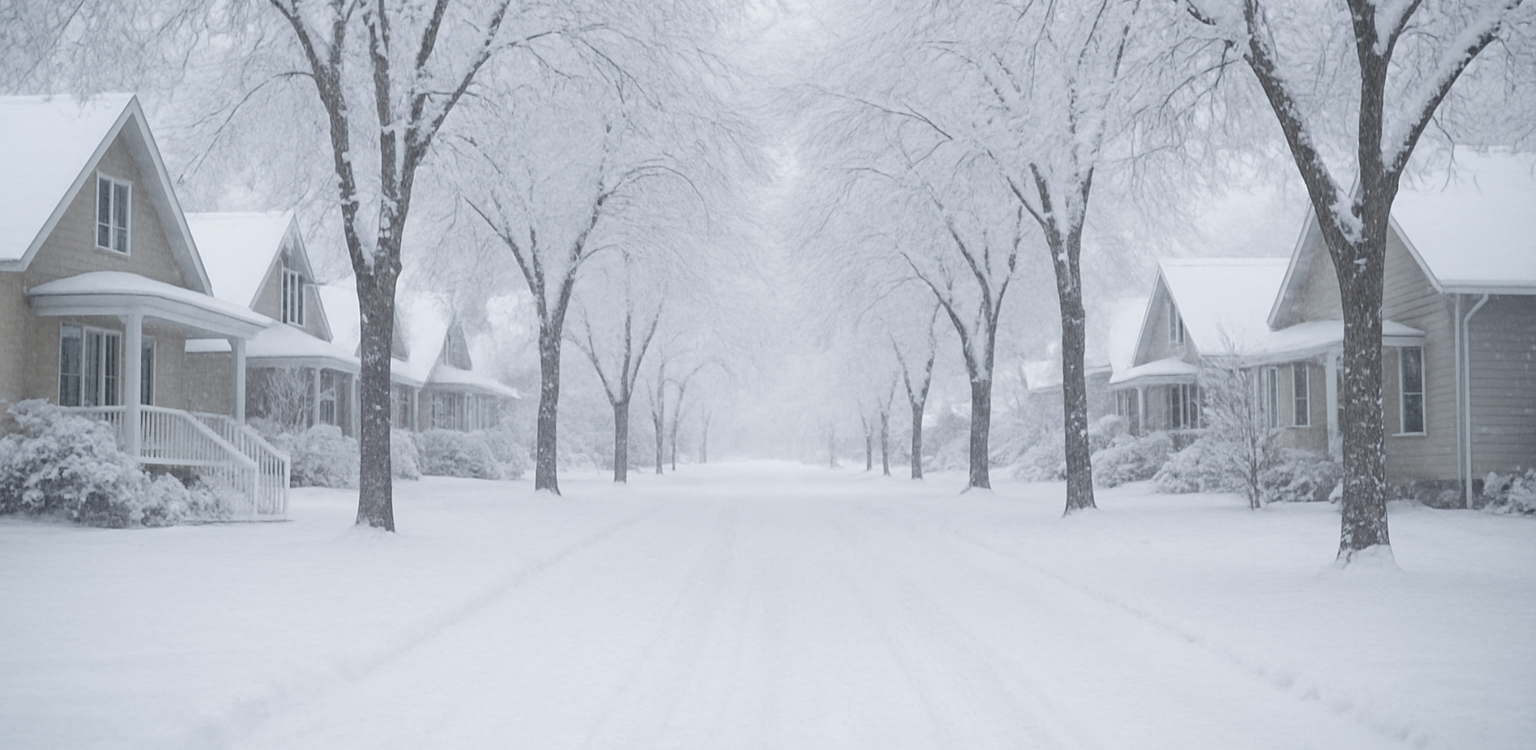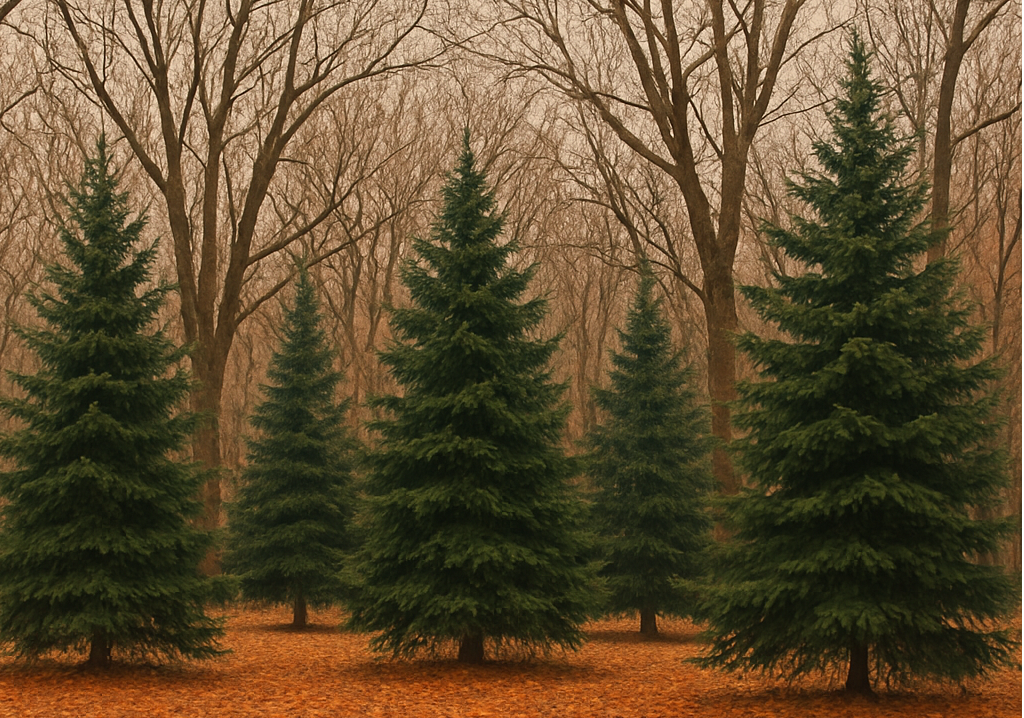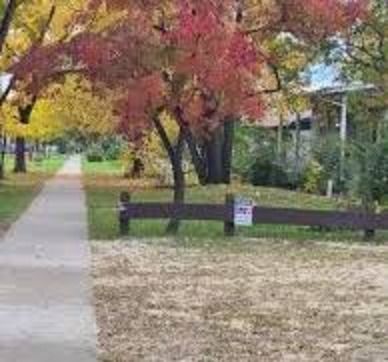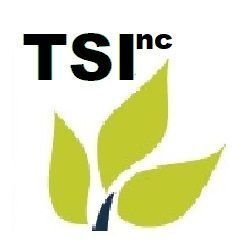Spotting Signs of Tree Disease and the Importance of Timely Intervention
Trevor Soltys & Paul Kasper
Trees are an essential part of our landscapes, providing shade, beauty, and environmental benefits. However, just like any living organism, trees can fall victim to disease. Identifying early signs of illness and taking prompt action can prevent further damage, protect nearby vegetation, and even save a beloved tree from removal. This guide will help property owners recognize common symptoms of tree disease and understand why timely intervention is crucial.
Common Signs of Tree Disease
1. Discolored or Wilting Leaves
One of the earliest signs of tree disease is unusual leaf discoloration. Leaves may turn yellow, brown, or develop spots outside of their normal seasonal changes. Wilting or curling leaves that persist despite adequate water supply may also indicate a fungal infection or root issue.
2. Unusual Bark Appearance
Healthy tree bark should be intact and relatively uniform. If you notice peeling, cracking, or areas where bark is missing entirely, it may be a sign of disease. In some cases, dark streaks, oozing sap, or fungal growths (such as mushrooms or cankers) appear, further signaling infection.
3. Fungal Growth
Mushrooms or fungal conks growing at the base of a tree or on its trunk indicate internal decay. While some fungi live harmlessly on trees, the presence of large clusters can be a sign of severe structural compromise.
4. Dead or Dying Branches
Branches that lack leaves during the growing season, show signs of brittleness, or break easily may be affected by disease. If multiple branches exhibit dieback, especially from the top down, it could point to root disease, pest infestation, or environmental stress.
5. Abnormal Growths or Swellings
Unusual lumps, swollen areas, or galls on branches and leaves may indicate bacterial or fungal infections. These growths can weaken a tree’s structural integrity and lead to further damage if left untreated.
6. Unexplained Thinning Canopy
If a tree’s canopy becomes sparse or loses leaves prematurely, it may be struggling with an underlying disease. Thinning foliage is a common symptom of root rot, vascular diseases, or pest infestations.
Why Timely Intervention Matters
1. Preventing Disease Spread
Many tree diseases, such as Dutch elm disease or oak wilt, spread rapidly to surrounding trees through insects, wind, or root connections. Early detection and treatment help contain the disease before it affects the entire landscape.
2. Protecting Tree Health
Diseased trees become weak and vulnerable to further complications, such as pest infestations and structural failure. Prompt action, including pruning affected areas or applying appropriate treatments, can increase the chances of recovery.
3. Avoiding Property Damage
A severely diseased tree poses a risk of falling branches or complete collapse, which can damage buildings, vehicles, or power lines. Addressing tree health issues early minimizes the risk of costly property damage or liability concerns.
4. Maintaining Aesthetic and Environmental Value
Healthy trees enhance curb appeal and contribute to a thriving ecosystem. By managing disease before it becomes unmanageable, property owners ensure their trees continue to provide shade, oxygen, and habitat for wildlife.
What to Do If You Suspect Tree Disease
- Inspect Regularly: Regularly check trees for the signs mentioned above, especially during seasonal transitions.
- Consult a Certified Arborist: If you suspect a problem, professional arborists can diagnose and recommend appropriate treatments.
- Prune Wisely: Remove affected branches promptly but avoid excessive pruning, which can stress the tree further.
- Improve Tree Care: Ensure proper watering, mulching, and soil health to boost a tree’s natural defense against diseases.
Conclusion
Tree diseases can progress quickly, but early detection and timely intervention can save a tree and protect surrounding vegetation. By staying vigilant and seeking professional care when needed, property owners can enjoy a healthy, thriving landscape for years to come. If you’re unsure about the health of your trees, don’t hesitate to reach out to a professional arborist to assess the situation and recommend the best course of action.
